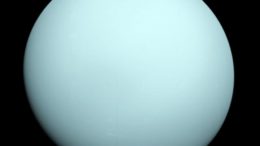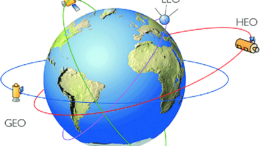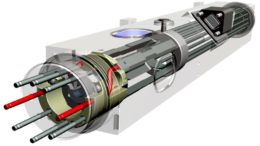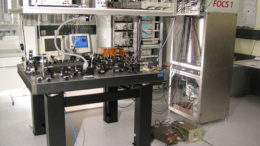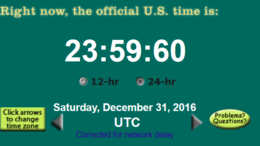Could COVID-19 “Quarantine” Simulate A Space Mission?
Full disclosure: This is a more cheeky article and something that is more lighthearted, considering all the news surrounding COVID-19 might not be the most positive. This is more a fun, lighthearted article for fun,…

